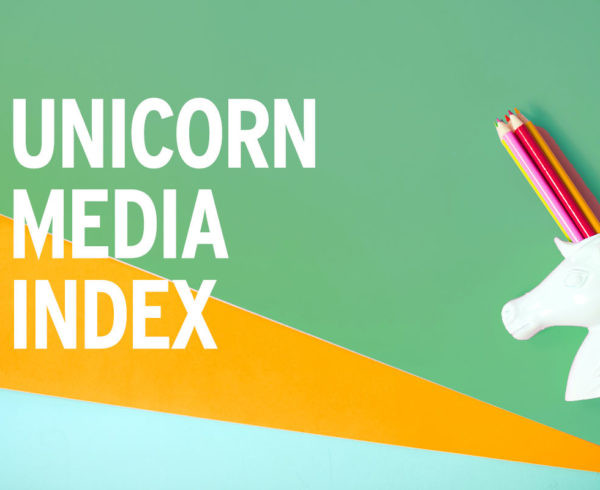Silicon Valley has been in the hot seat recently, with several companies facing major and minor media firestorms.
Tesla was accused of using low-paid foreign labor for its factories. Facebook is defending itself against charges of editorial bias. Palantir is responding (or not) to staff turnover and customer satisfaction questions. And Theranos is battling a series of disclosures about lab management and technology efficacy, potentially resulting in a two-year ban against their high-profile CEO and recently resigned president.
While not every company will face page-one controversy, it’s particularly interesting to see how companies respond to small and large challenges – which tells you a lot about their corporate culture, character and organizational maturity.
Very often the response is a reflection of the CEO’s instincts, which can be both good and bad depending on the CEO’s natural intuition and experience level. Less frequently, the response is a reflection of seasoned communications counsel – in part because most tech companies don’t have experienced crisis experts, and in part because human nature and organizational dynamics distort the “best practice” response.
After 20 years in Silicon Valley, I’ve worked with a range of companies that deal very differently with tough questions from media, analysts and investors. Some are in the “media savvy” camp, navigating with aplomb to address the question and/or blunt the crisis – and move forward with their core business. Others are “media sensitive,” often over-reacting and/or under-reacting to challenges, creating major distractions that delay or derail the business. Others fall somewhere in the middle.
Let’s examine a few recent examples:
Tesla = Media Savvy
Tesla is in the midst of dealing with imported labor questions, based on a San Jose Mercury News investigation that broke last Sunday. While the facts are still being sorted, CEO Elon Musk was quick to respond Sunday night via Twitter: “Only heard about this today. Sounds like the wrong thing happened on many levels. Will investigate and make it right.” Tesla posted a more detailed response Monday, pledging to “take care of” a sub-subcontractor’s injured employee – as a “moral issue” not a legal one. Musk provided updates via Twitter to his 3.95 million followers. Timely, authoritative and public = best practice in action.
Facebook = Media Savvy (mostly)
Facebook’s liberal bias controversy was sparked by a May 9 Gizmodo report citing former contractors who claim they “routinely suppressed” conservative news in Trending Topics. Facebook was initially flat-footed in its response, but stepped it up with a spokesperson statement (6.5 hours later) and more detailed post by the VP of Search (12 hours later). They then published more detail and a personal Zuckerberg post May 12 – with an offer to meet with “leading conservatives and people from across the political spectrum.” They quickly organized and hosted the sit-down Wednesday, which was characterized as a “constructive dialogue”. Facebook reinforced that it’s “a platform for all ideas” and even Glenn Beck jumped in with unexpected praise. The political debate will continue – because it always does – but users still “mostly trust” Facebook for news.
Palantir = Media Sensitive
Palantir’s media challenge is tame by comparison, simply alleging customer satisfaction and staff retention issues – no political hot buttons involved. As BuzzFeed notes, Palantir has a reputation as “Silicon Valley’s most secretive company” – secrets that were exposed to BuzzFeed via six employees and 1,000+ documents. BuzzFeed isn’t known for hard-core journalism, but the depth of reporting forced major business outlets to cover the story (all on the heels of a March puff piece in Fortune). Palantir gets partial credit for doing two interviews with BuzzFeed, but neither adequately countered the well-documented claims – and Palantir hasn’t responded to other business media (and hasn’t tweeted since Nov’15 or posted to Facebook since March 17). However, Palantir co-founder Joe Lonsdale challenged the “self-congratulatory and negative” story in a Quora post the next day. He refutes the story’s “false implications” while noting he’s “not close to the company anymore” – and bounces between “we” and “they” references to Palantir. He then adds woe-is-me commentary about staying private “to keep building and growing fast without having to be harassed by outsiders who don’t know what they’re doing.”
Theranos = Media Sensitive (and probably worse)
A much more serious and sustained firestorm surrounds Theranos, which has dominated headlines since last October, when the Wall Street Journal called out gaps between its $9B valuation and bold technology claims versus actual practice in Theranos labs. Theranos dispatched its legal team to deal with the WSJ – never a good sign – and fought through the backlash with waves of detailed statements and a series of CEO appearances. Theranos decried the “baseless assertions,” while making confusing and often indirect responses to the questions at hand – fueling the investigative fire. Theranos’ early statements mixed self-promotion and self-defense in equal doses, and very few (unpaid) advocates jumped in the fray to offer support. Things got worse in 2016 with formal warnings from CMS regulators, calling out “serious deficiencies” in lab testing that put patient health in “immediate jeopardy.” After six months of denials, Theranos changed tack to acknowledge “we’ve made mistakes in the past” and created a new medical advisory board and revamped its board and executive team. It may be too late. Holmes’ role is now in jeopardy and Theranos just voided two years of lab tests. What about Theranos’ investors and the board? Well, let’s just say Theranos has been called a “corporate governance disaster”.
So what can we learn from these examples and others?
- Reporters are not your friends or advocates – they are (mostly) objective storytellers with an obligation to their readers, not your stakeholders.
- Reporters are paid to be skeptics. If your story sounds too good to be true, they’ll dig in deeper. Don’t let your hype get too far ahead of reality.
- Invest time in media, analyst and influencer relationships. It’s not always “positive,” but they provide critical channels for reaching your stakeholders – and a valuable feedback loop to ensure market alignment (and minimize hubris).
- Use a smart mix of direct and indirect channels to communicate. Social media can be particularly valuable if you use it to engage, not just promote.
- Run your business responsibly – and responsively – and do the right thing, even when it’s hard.
Of course, while media savvy and sensitivity are exposed during times of challenge, smart companies train for this during “normal” operations. Like most organizational behaviors, media savvy can be cultivated and developed in daily, weekly and monthly interactions. With the right training and discipline, media sensitive organizations and executives can evolve their media savvy over time – investing in relationships, trust and goodwill that serve them during good times and bad. Those that fail to evolve are setting themselves up for a potential bloodbath when you-know-what hits the fan.








